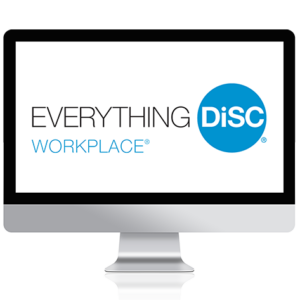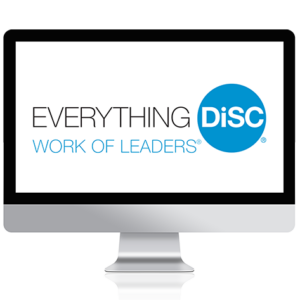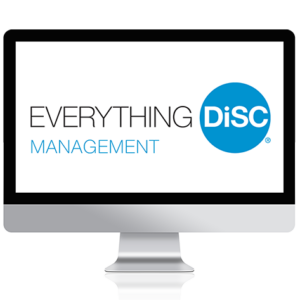“It’s not what I said, it was how she chose to respond to me.”
Yes, this was the response from a leader in a large matrix organization when asked about an interaction that left a cross-functional associate in tears following an important presentation. For the ease of identification of all involved, let’s call the cross-functional team player associate, Sue; the action-oriented results-driven leader, Allison; and her enthusiastic collaborating newer junior associate, Hannah.
Throughout six months of preparation, Sue had been working in earnest, without conflicts, and seemingly quite effectively with the Hannah as well as Allison, who held the accountability for the overall success of the meeting. Allison was pleased that milestones and deliverables were met and was ecstatic that no significant obstacles had slowed the teams progress. There was alignment on content and execution for the crucial meeting or so there seemed to be until show time.
On the big day, something went terribly wrong. Throughout the day’s presentation, Sue repeatedly began to bring up sidebar concerns to Hannah while questioning what Hannah and Allison believed were previously made decisions on which all parties had aligned.
The concerns raised could have had a significant impact on the entire day’s agenda. Allison stood firm and had the team execute the well-networked and aligned plan that had been signed off on by all including leadership. Besides from Allison’s perspective along the way, Sue and her function had agreed to all planned aspects of the meeting.
Why was Sue raising issues and disagreeing now? What was happening?
Sound familiar? Have you had the experience of a team working together – all are aligned but something happens that derails progress or you just haven’t been able to work successfully with a certain individual or groups?
Have you ever asked yourself, “what part of this do I own?” Surely, Allison, as a leader, could and likely should have asked herself these questions given Sue’s emotional tearful response to their interaction.
Granted most of us likely have never been in such an emotionally charged interaction at work but we all could use a little more self-awareness in interactions with others such that projects, meetings, conversations, etc. go more smoothly and are more productive.
DiSC® does just that. DiSC® assessments are designed to strengthen working relationships and support professional growth by helping us to better understand and connect with others.
Having a greater understanding of our personal style and others’ styles allows you to gain knowledge about yourself and others, employ new skills, gain expertise using those skills which with practice result in more effective productive interactions with others.
…back to Sue, Allison, and Hannah and how DiSC® could help.
Well, it turns out that Sue is a DiSC® style that is very patient, tactful that values cooperation, seeks harmony avoiding conflict, and can be very accommodating, sometimes to a fault. Hannah, new to the team, is very energetic, assertive, outgoing, encourages collaboration, fears disapproval and directly reports to Allison, who is strong-willed, direct, values taking action and getting results. Allison’s DiSC® style suggests that she can be impatient and insensitive particularly under stress.
Had Sue, Allison, and Hannah knew about each other’s styles during the six months in which they prepared for the meeting, perhaps things could have worked out differently for this team.
So, if you have ever thought or even said, “It is not me or my interpersonal issue, it is his or her issue” like Allison did, stop and ask yourself if I was more self-aware of my style and their style, could things be different? If the answer is a yes or even a maybe, then DiSC® should be part of your ongoing personal development journey.
Check out DiSC® and our certified coaches at https://discpro.wpengine.com/





